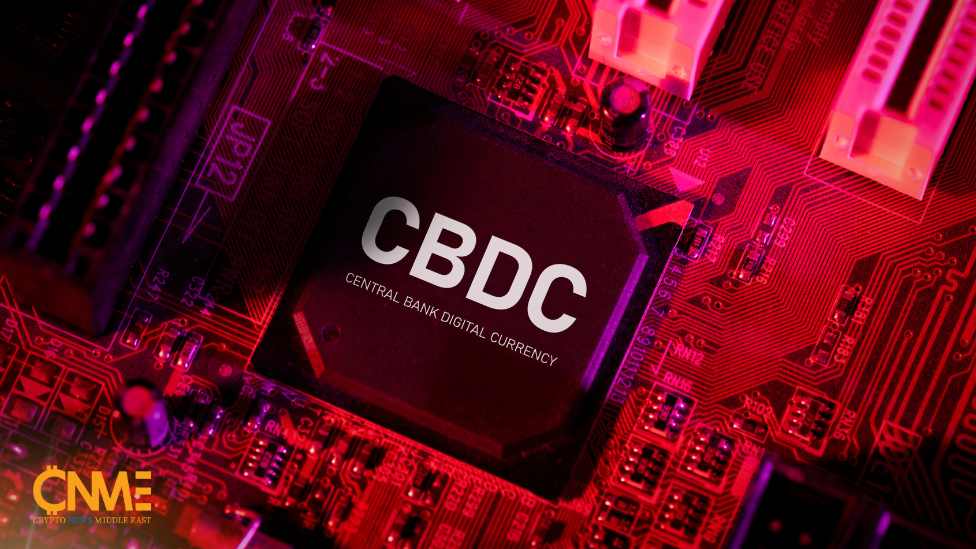Central Bank Digital Currency (CBDC) is the digitalized form of physical legal tender created by countries’ governments and offered to citizens. CBDCs are used to promote digital payments and ensure that they are cheaper, more accessible, and more secure than other traditional payment methods. They also ensure that countries’ Central Banks have better control over the transactions and money spent. More importantly, they help reduce the country’s money supply and inflation risks. Below are the countries that have made significant strides in CBDCs.
Table of Contents
ToggleWhat are the Top Countries Hosting CBDCs with Significant Development Processes?
The United Arab Emirates
The United Arab Emirates has always been at the forefront of digital technology development, and CBDCs is one of such efforts to remain at the top of its game. The country has begun developing the digital Dirham, a virtual equivalent of its currency, for a while now. It hopes this digital currency can spur international payment and investment, as well as financial institutions. The UAE also aims to achieve a primarily classless society, and developing a CBDC is a step in that direction. The rollout of the currency is set to happen in three main stages, and the UAE has partnered with G42 Cloud and R3 companies to aid infrastructure development for the central bank currency.
The Eurozone
The Eurozone – comprising European Union countries that use the Euro as a joint currency – is also one of the entities to host a CBDC, making significant strides globally. Although not strictly a country, the Eurozone has continued to explore the groundbreaking digital Euro to be representative of the physical euro. Just like its physical counterpart, the Euro CBDC is to be a common currency to drive a more effective way of business and payments. It is also set to lead the pace for other regions with a similar central currency.
The People’s Republic of China
Surprisingly, the People’s Republic of China has been trying to develop its CDBC for five years. So far, it is one of the most developed CDBCs; as expected, it is a digital equivalent of the Chinese Yuan. Like other Central Bank Digital currencies, China’s goal is to encourage payment efficiency and meet the world’s standard of digitalization. China is known for its perfection, which is why the currency has yet to fully develop, as the country still wants to spend time refining it. Regardless, it is and will continue to be a CBDC model for other countries to imitate.
Saudi Arabia
Saudi Arabia recently began its forage into the Central Bank Currency field. The country wants to develop a currency that encourages cross-border payments and international transactions. Saudi Arabia has already started research and development. Still, the government has yet to announce the launch date for its CDBC. As expected, it is also partnering with stakeholders and financial institutions to conduct Sandbox trials and experiments for the functionality of the digital currency. With the construction of NEOM at full-blown capacity, it is surprising to see Saudi Arabia still take on a project like developing a digital currency. But we are not surprised; it is Saudi Arabia, and the sky is only the beginning.
The Federal Republic of Nigeria
Africa’s giant, Nigeria, has also been actively developing and launching the eNaira, a digital currency representing the physical Naira. Interestingly, Nigeria is the only country on this list to launch its digital currency officially. The government launched it in October 2021 to enable foreign investment, facilitate trade and financial inclusion, and reduce the Naira’s volatile nature. The digital currency has witnessed widespread adoption since its inception, although there have been concerns about privacy, connectivity, and access issues in some parts of the country. However, the Central Bank of Nigeria is working hard to remedy the currency contingencies.
Conclusion
The list above details some countries making brilliant strides in developing and using Central Banks’ Digital Currency. You should check them out sometime.











